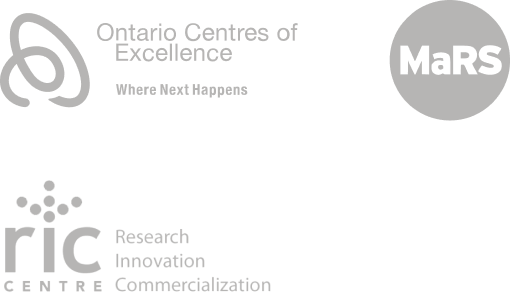The restaurant industry is one of the most competitive businesses out there. You can see restaurants and eateries popping up at every corner. To succeed in an industry where competition is high, margins are tight, and 60% of businesses don’t make it past the one-year mark, regular performance tracking is essential.
The continuous assessment of a restaurant’s Key Performance Indicators (KPIs) allows restaurant owners to have a comprehensive understanding of current operations – what’s going right and what needs improvement.
If you’re unsure where to begin, here are a few KPIs that you should be tracking while running a restaurant.
Sales & cost KPIs
Cash flow management is crucial for the success of a restaurant. Without sufficient funds, even the most exceptional plans and dedicated staff can’t rescue it from failure. Monitoring the money coming in and going out, as well as the cash on hand, is essential. Sales determine the restaurant’s performance and revenue.
Therefore, setting measurable sales goals and tracking them helps evaluate success. To increase profit margins, reducing the cost of goods sold while maintaining quality is important. Strategies such as optimizing product usage, managing inventory, and tracking costs can help achieve this.
Additionally, utilizing a reservation system integrated with the POS system eases data collection. By effectively managing cash flow and implementing cost-saving strategies, a restaurant can enhance its chances of success.
Restaurant staff KPIs
Monitoring employee turnover is essential for tracking the performance of a restaurant. While some turnover is inevitable, it is crucial to strive for a low benchmark rate. High turnover rates can significantly impact revenue due to the expenses associated with hiring and training new staff. If you observe a sudden increase in employee turnover, it is important to reassess your hiring and training processes, as well as your work culture.
However, the measurement of total sales by servers reflects the monetary value of transactions handled by each server within a specific timeframe. This metric provides valuable insights into the performance of individual servers. By comparing the total sales of each server, restaurant owners can identify areas that require additional training or determine if certain servers should be replaced. These actions contribute to enhancing overall restaurant operations.
Reservation KPIs
For restaurants that take reservations, it’s important to know how many people are walking in versus making reservations. If more people are reserving tables, the restaurant should focus on getting more reservations rather than relying on walk-ins. However, dealing with no-shows is a big challenge for restaurants. It’s crucial to keep track of how many people make reservations but don’t show up. The ideal no-show rate varies for each restaurant based on factors like the type of restaurant, table sizes, and target customers.
A high cancellation rate means empty tables and lost money, which is not good for the restaurant’s goals. While some cancellations are unavoidable, it’s important to set a standard and regularly measure them to spot any sudden increases and take action.
Marketing KPIs
As social media is a big part of your restaurant’s marketing strategy, it’s important to continuously monitor your performance on different platforms. Keep track of your followers, engagement, and reach on Instagram, Facebook, and any other channel that you are present on to see how well your current strategy is working to attract your target market.
On the other hand, email marketing is a great way to attract and retain more customers. However, it’s important to ensure that your current email strategy is effective. Evaluating email metrics like open rate and click-through rate on a regular basis can help you evolve your current strategy with more data-backed insights.
And here comes the most important part…online reviews! Reviews help restaurants better understand customers and their needs. Stay up-to-date with your online review ratings on platforms like Google My Business to know what your customers are happy with and identify any issues in operations that may be leading to negative reviews.
Conclusion
In conclusion, setting and monitoring restaurant KPIs is the only way to know if your restaurant is successful. By having a restaurant KPI for every part of your business, from profitability and marketing to customer experience and employee satisfaction, you ensure you are constantly improving your business and quickly identifying any issues.
To get reliable information regarding the restaurant business and KPIs, book a demo with tossdown.


